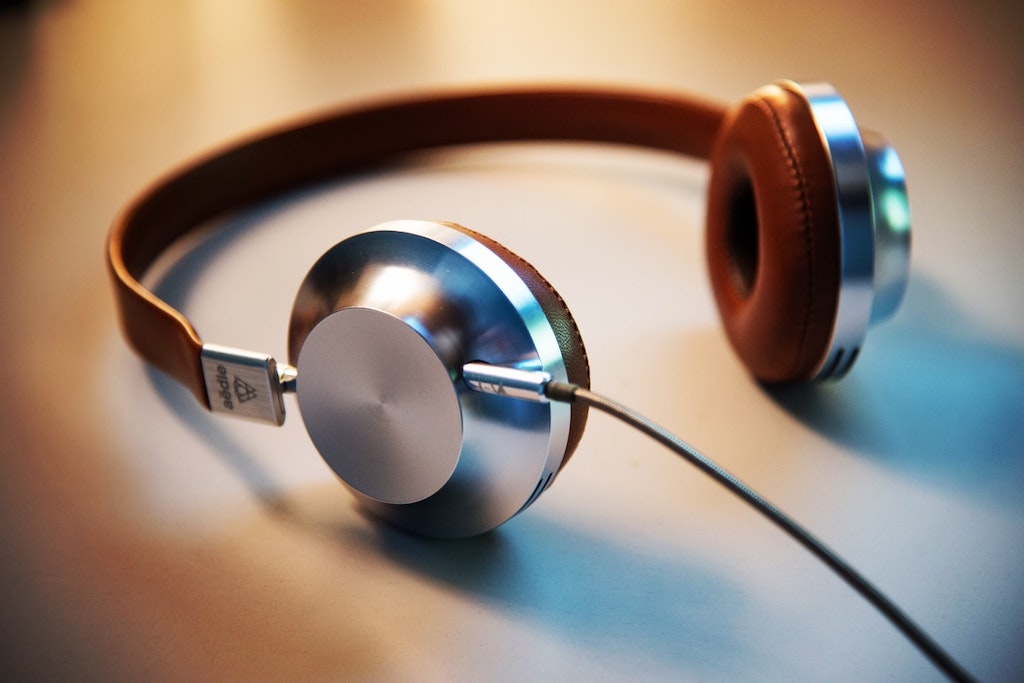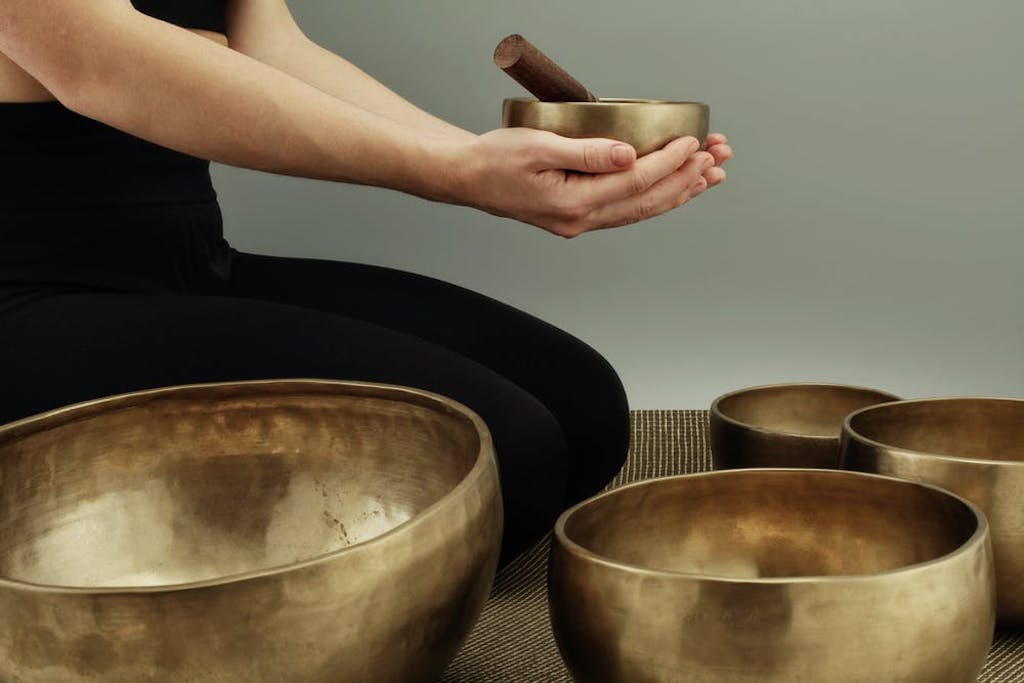4 Mins Read
Sound therapists believe that sound – music, different frequencies, pure sounds – can help rebalance our energy, emotions and well-being. If you’re looking to explore a new wellness modality – sound therapy might just be it. Here, we take a dive into what sound therapy actually is, different types of sound therapies out there and how it might benefit us.
What is sound therapy?
You’ve felt it before – music can make us feel different ways, from our emotions to our physical reactions. What sound therapy does is help us harness health and wellness benefits from the beauty of sounds, whether it is a song, a tune, a piece of classical music or pure sounds.

The practice of healing with sound dates back to ancient Greece, where music was sometimes used as a tool to help cure mental illness. But this isn’t the only instance where sounds has been harnessed for the purpose of eliciting positive emotions – music has been used to boost morale in the military for years and “studying” playlists are often used to increase work productivity.
Modern day sound therapists believe that sound is healing – aspects of sounds and music can improve our physical and emotional health by helping us feel relaxed, alleviate pain and anxiety or help boost memory and focus. Some research has shown that sound therapy can help improve our immune functioning, lower cholesterol and being exposed to it is associated with better health amongst premature babies.
How does it work?
Sound therapy often takes place with a trained practitioner, and each session can involve different sound and music-related activities depending on the method used. These include listening to music, moving to the beat of a song, meditating, playing an instrument or singing and humming along to music.
One popular form of sound therapy is guided meditation, a form of sound healing where voiced instructions are given, and can involve chanting, humming or repeating certain sounds.

The tuning fork therapy method, on the other hand, uses calibrated metal tuning forks to create specific vibrations to different parts of the body, which is believed to help relieve tension and energy. It works in a similar way to acupuncture, except instead of needles, sound frequencies are used to stimulate certain pressure points.
Another form of sound therapy is neurological music therapy, where you listen, sing, or move to music. This is more commonly used for physical rehabilitation, pain management and brain injuries as well as stress reduction and relaxation purposes.
Where can I try sound therapy?

There are a few studios that offer sound therapy in Hong Kong:
- Soundscape offers group, private and online sessions that use sound to help restore balance, help members relax and focus on healing one’s energy.
- Sound Therapy HK provides different sound therapy sessions such as gong baths, and is open to corporate groups too.
- Red Doors Studio offers gong bath meditation sessions and is one of the pioneers in bringing sound healing meditation to Hong Kong.
- Ikigai hosts several meditation classes that are based on sound therapy or incorporates it with other therapeutic practices, such as om-chanting, breathwork with sound healing, and mantra meditation.
Plenty of studios across Asia also offer sound therapy, and here are our favourites:
- Soul Sanctuaries has studios across Thailand, Bali, India and Bhutan, and one of the sessions it specialises in is the sound healing practice of Tibetan singing bowls.
- The Singing Bowl Gallery in Singapore is a sound healing studio that offers various sessions, including an introduction to singing bowl sound baths, breathing exercises as well as Q&A sessions for beginners.
- Alchemie Boutique in Kuala Lumpur is one of the most well-known spots for sound baths in Malaysia, providing hammocks for visitors to listen and bathe in calming tunes.
- White Space Wellness Studio in Manila provides private and group 60-minute sound healing sessions that also incorporate breathing and vocal toning exercises.
Want to explore another wellness modality? Learn all about breathwork here.
Lead image courtesy of Pexels.




